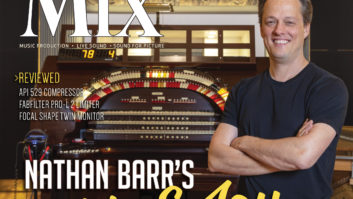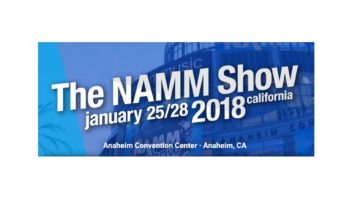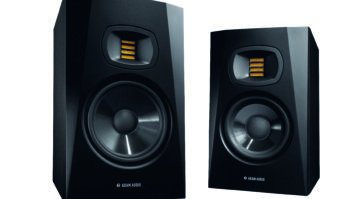It’s Friday at NAMM, and Kevin Becka, technology editor at Mix, reports on Day Two from the show floor in Anaheim.
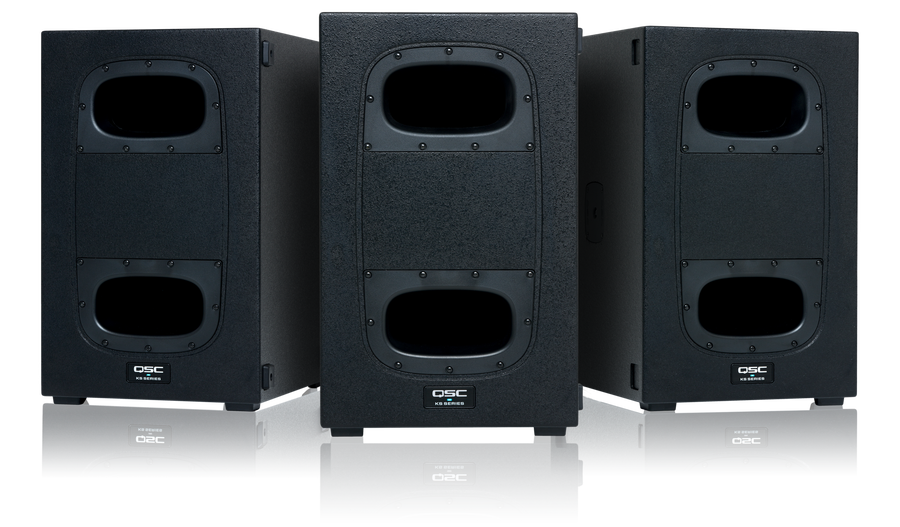
QSC introduced the newest K Family member; the small footprint KS112 powered subwoofer. Featuring QSC amplification and advanced DSP, the KS112 is targeted for installation and entertainment applications where high output and low-frequency extension is needed from an ultra-compact and portable package. Features include a single 12-inch transducer in a 6th order bandpass premium birch cabinet. On-board DSP provides variable crossover, delay, and savable/recallable Scenes for commonly-used applications while advanced thermal and excursion processing further optimize system performance.
CLICK HERE for Day One coverage from NAMM.
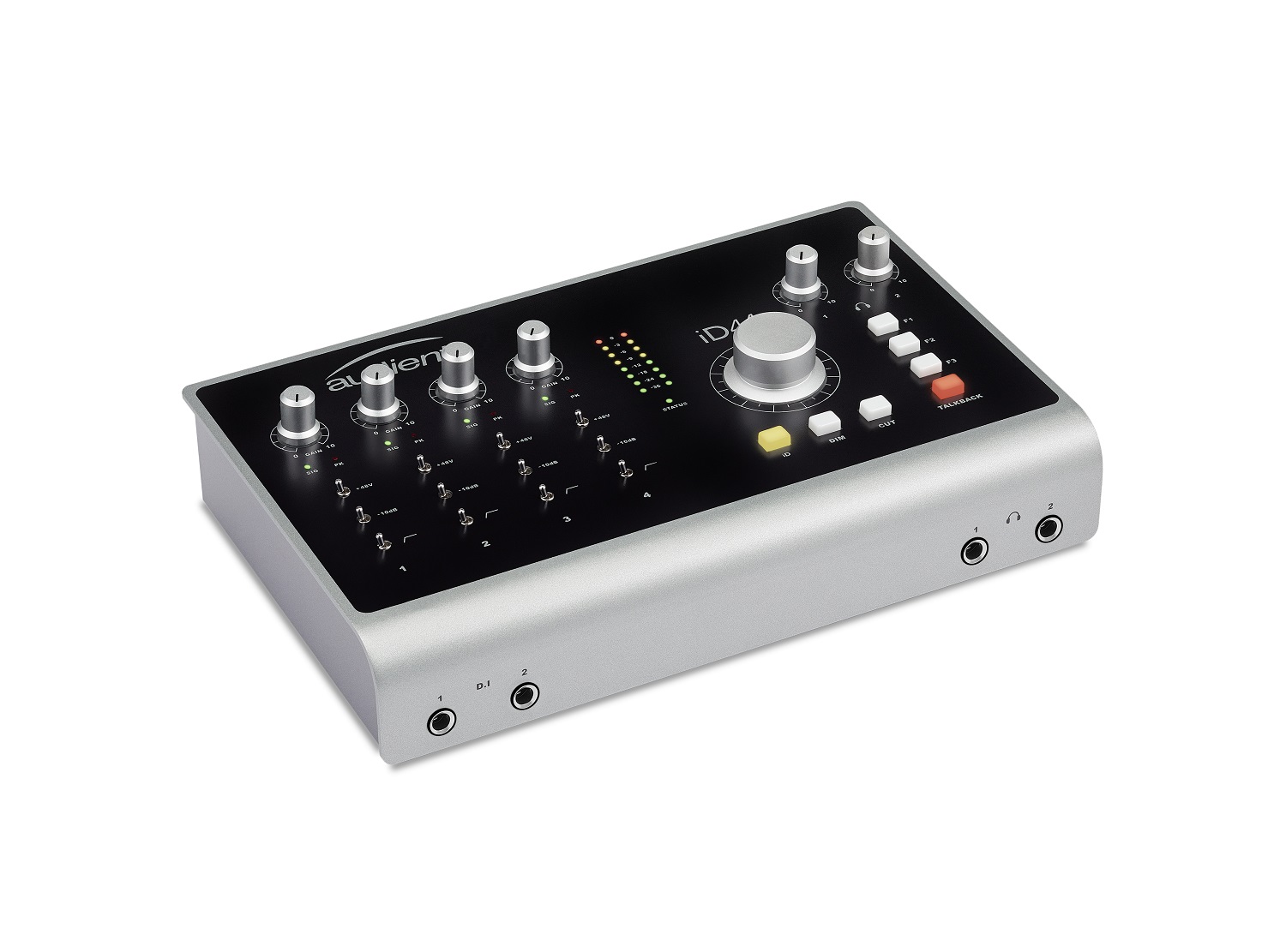
Audient expanded its audio interface range with the USB 2.0 iD44 operating up to 96k/24-bit, sporting high-grade components and adding innovative and new enhancements inspired by customer’s feedback. Features include 20-in, 24-outs, four Class-A Audient preamps with 60 dB of gain, two ADAT I/Os, two JFET instrument inputs, two balanced inserts, two headphone outs plus main and alternate speaker outputs. Also on the surface is ScrollControl, three user-defined keys, dedicated talkback, dim, and cut controls, world clock output. The package comes with over $500 worth of plug-ins and software.
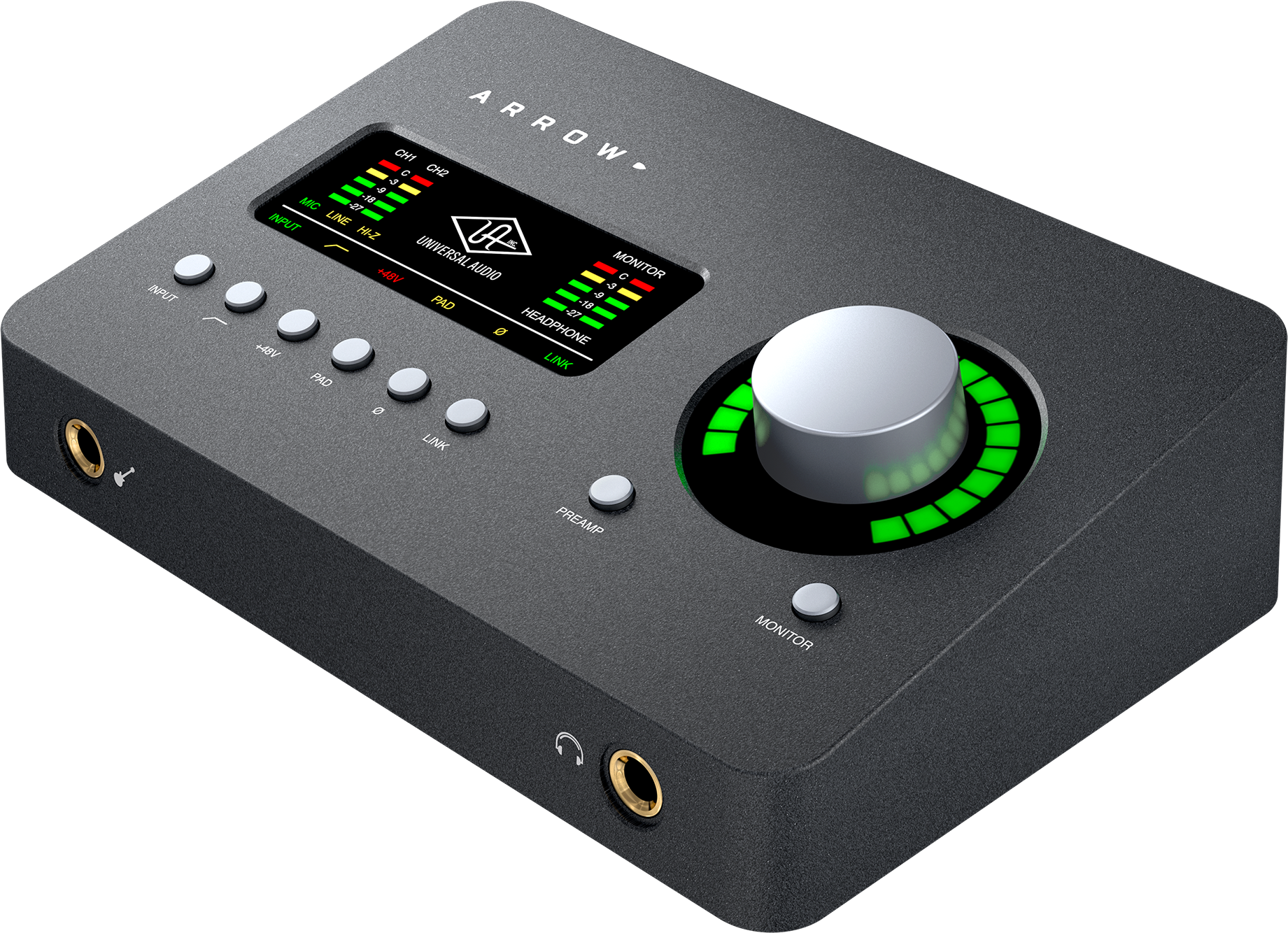
Always on the cutting edge, Universal Audio bowed its new Arrow Thunderbolt 3 audio interface for Mac and Windows. It features two Unison mic preamps, Realtime UAD Plug-In Processing, class-leading Universal Audio conversion all in a portable, compact, and lightweight 2×4 bus-powered Thunderbolt 3 audio interface. Derived from their Apollo interface technology, Arrow features an onboard UAD-2 SOLO Core processor, letting musicians monitor and record through the full library of UAD Powered Plug-Ins — at near-zero latency, no matter their audio software buffer setting. Included are classic compressors, EQs, and reverbs so users can jump into production right out of the box.
Get full pro audio coverage like this all year long — subscribe to the FREE Mix enewsletter.
The BIAS AMP 2 modeler from Positive Grid expands on the initial release with some great new features including a re-designed dynamic tone engine improving the touch response of their amplifier circuits. BIAS also partnered with Celestion to make their IR’s easier to use than ever before. There’s no more loading individual files, just select a custom Celestion cab and start moving the mics around – BIAS AMP 2 does the rest. Other new features included re-designed amp packs, new reverbs, and AMP Match that can match the tone of any mic’d reference amp.

Among other new gear, PreSonus showed the Studio 1810 and Studio 1824 USB 2.0 audio/MIDI interfaces. Operating up to 24-bit, 192 kHz, both feature XMAX Class A microphone preamps, audiophile-grade digital converters, low-jitter clocking, and MIDI I/O. The Studio 1810 records up to 18 simultaneous inputs including two combo mic/instrument/line inputs and two combo mic/line inputs, all with XMAX Class A mic preamps and global +48V phantom power; 4 back-panel, ¼” TRS line inputs; 8 channels of ADAT Optical input (4 channels at 96 kHz); and stereo S/PDIF inputs. While the Studio 1824 records up to 18 simultaneous inputs (8×8 at 192 kHz), including 2 mic/instrument/line inputs and 6 mic/line inputs, all with XMAX Class A mic preamps and global +48V phantom power, plus 8 channels of ADAT Optical input (4 channels at 96 kHz) and stereo S/PDIF.

Audified has partnered with Drum Workshop and released the DW Drum Enhancer — an all-in-one drum processing plug-in. The processor encompasses several EQs and compressors (including a model of classic solid-state compressor circuits.) Users can choose their desired Drum type settings via a 12-position selector that includes three types of drums (snare, kick, and toms), each with three variations. The remaining three positions include OH (overheads); Bus, for servicing the whole set (usually in a mixing console group); and Room, intended for processing whole drum kits recorded by two microphones. Each selection automatically applies appropriate settings, such as EQ type, slope, and frequency; Comp (compressor) type, attack, release, and knee shape; noise Gate attack and release, and sidechain filter.
The folks at RME showed their latest software, TotalMix Remote enhancing the power of RME interfaces by enabling remote control via iOS, PC or Mac. Users can quickly adjust any aspect of TotalMix FX on a host system while walking around the studio with their tablet, or from a control room located elsewhere in the facility. The remote software mirrors the exact state of the host system, including the entire display of the interface, the current input and output routing, and all settings including level meters. Using standard WiFi, TotalMix Remote works quickly and seamlessly, handling rapid fader movements without lag. TotalMix Remote is also compatible with RME’s popular ARC USB, a USB-based remote control with a rotary wheel and 15 freely programmable illuminated buttons.
The Da Vinci IX and Da Vinci X IEMs from Clear Tune Monitors sport nine and ten drivers respectively and are targeted toward high-end use at FOH, on stage, or in the studio. Using CTM’s WISE (Wave Integrating Sonic Element) technology, the driver array is securely placed in a custom-designed inner module that focuses the sound for more accurate reproduction. The IEM packages include two cables and multiple tips of varying sizes.
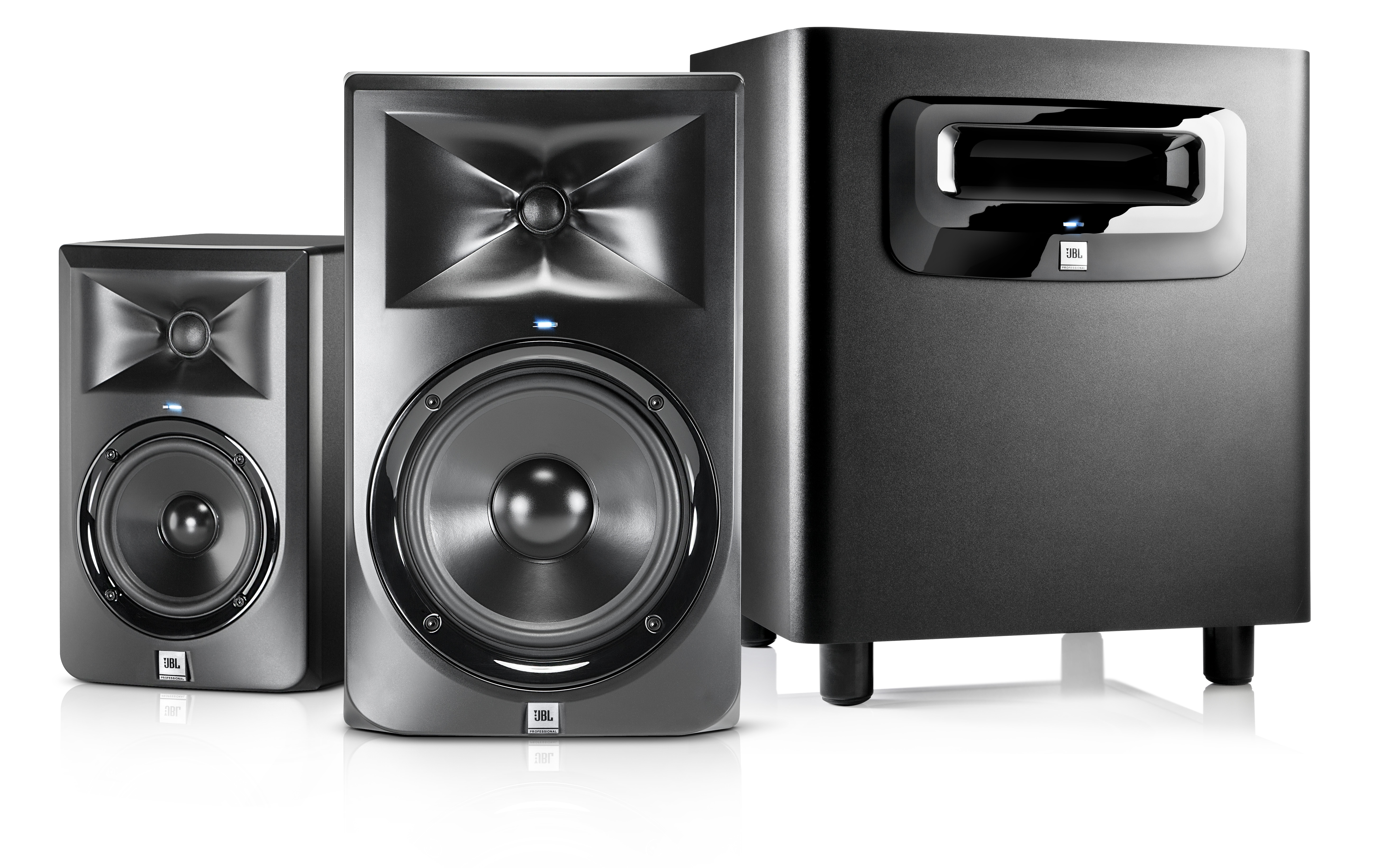
Also unveiled was the JBL by HARMAN 3 Series MkII powered studio monitors featuring the JBL Image Control Waveguide and refined transducers. Other features include patented technologies derived from the JBL 7 Series and M2 Master Reference Monitors. The models are available in three configurations including the 305P MkII (5″ woofer), 306P MkII (6.5″ woofer) and 308P MkII (8″ woofer).
Apogee announced that its Symphony I/O MKII AD/DA converter is now available with connectivity to Waves SoundGrid® network. Using an Ethernet connection, their flagship converter can be accessed from your computer, shared between multiple rooms, multiple computers and supercharged with almost infinite real-time DSP power via Waves SoundGrid servers. Symphony I/O Mk II SoundGrid integrates seamlessly with all DAWs, providing endless possibilities for setups of every size for studio, live and post-production workflows. Features include up to 32 channels of modular analog I/O with optional eight mic preamps per Symphony unit and near-zero latency recording with any SoundGrid compatible plugins.





